Câu hỏi:
Read the following passage and mark the letter A, B, C or D on your answer sheet to indicate the option that best fits each of the numbered blanks from 18 to 22.
The IQ test has been eclipsed in turn. Most people studying intelligence and creativity in the new millennium now prefer a broader definition, using a multifaceted approach(18)_______. If we are therefore assuming that talented, creative or gifted individuals may need to be assessed across a range of abilities, does this mean intelligence can run in families as a genetic or inherited tendency? Mental dysfunction - such as schizophrenia - can, so is an efficient mental capacity passed on from parent to child?
Evidence now exists that most young children, if given enough opportunities and encouragement,(19)_______. Bright or creative children are often physically very active at the same time, and so may receive more parental attention as a result - almost by default - in order to ensure their safety.(20)______. This can sometimes cause problems with other siblings who may feel jealous even though they themselves may be bright. Potentially undervalued,(21)_______. Two themes seem to run through famously creative families as a result. (22)______. Then they nurture and encourage these accordingly but in an even-handed manner. Individual differences were encouraged, and friendly sibling rivalry was not seen as a particular problem. Another undeniable theme is a mixture of genetics, the environment, parental teaching and luck that determines how successful or talented family members are. This last point - luck - is often not mentioned where talent is concerned but plays an undoubted part.
having emphasized the importance of accademic performances and levels of talents
are able to achieve significant and sustainable levels of academic or sporting prowess
whose parents used to be one of the most brilliant scholars in the world
that allows them to develop their strong points and limit their shortcomings
Đáp án đúng: B
Đáp án đúng là B
Giải thích:
Vị trí cần điền là 1 cụm vị ngữ (gồm động từ chia thì và các thành phần phụ khác như tân ngữ (O), bổ ngữ C, hoặc trạng ngữ -A)
A. having emphasized the importance of accademic performances and levels of talents => Sai
B. are able to achieve significant and sustainable levels of academic or sporting prowess => Đúng
C. whose parents used to be one of the most brilliant scholars in the world => Sai
D. that allows them to develop their strong points and limit their shortcomings => Sai
Câu hỏi này thuộc đề thi trắc nghiệm dưới đây, bấm vào Bắt đầu thi để làm toàn bài
Bộ đề thi giúp học sinh lớp 12 làm quen với cấu trúc và nội dung đề thi tốt nghiệp THPT môn Tiếng Anh năm 2025. Đề thi được xây dựng theo định hướng của Bộ GD ĐT, bao gồm các phần Ngữ âm, Từ vựng - Ngữ pháp, Chức năng giao tiếp, Kỹ năng đọc hiểu, Kỹ năng viết và Phát âm - Trọng âm. Hệ thống câu hỏi đa dạng, bám sát chương trình học, giúp học sinh rèn luyện kỹ năng làm bài và nâng cao tư duy ngôn ngữ. Đáp án chi tiết đi kèm hỗ trợ học sinh tự ôn tập, đánh giá năng lực và chuẩn bị tốt nhất cho kỳ thi quan trọng.
Câu hỏi liên quan
Read the following passage and mark the letter A, B, C or D on your answer sheet to indicate the option that best fits each of the numbered blanks from 18 to 22.
The IQ test has been eclipsed in turn. Most people studying intelligence and creativity in the new millennium now prefer a broader definition, using a multifaceted approach(18)_______. If we are therefore assuming that talented, creative or gifted individuals may need to be assessed across a range of abilities, does this mean intelligence can run in families as a genetic or inherited tendency? Mental dysfunction - such as schizophrenia - can, so is an efficient mental capacity passed on from parent to child?
Evidence now exists that most young children, if given enough opportunities and encouragement,(19)_______. Bright or creative children are often physically very active at the same time, and so may receive more parental attention as a result - almost by default - in order to ensure their safety.(20)______. This can sometimes cause problems with other siblings who may feel jealous even though they themselves may be bright. Potentially undervalued,(21)_______. Two themes seem to run through famously creative families as a result. (22)______. Then they nurture and encourage these accordingly but in an even-handed manner. Individual differences were encouraged, and friendly sibling rivalry was not seen as a particular problem. Another undeniable theme is a mixture of genetics, the environment, parental teaching and luck that determines how successful or talented family members are. This last point - luck - is often not mentioned where talent is concerned but plays an undoubted part
Đáp án đúng là B
Giải thích:
Xét về nghĩa, B là hợp lí nhất.
“Bright or creative children are often physically very active at the same time, and so may receive more parental attention as a result - almost by default - in order to ensure their safety. They may also talk earlier, and this, in turn, breeds parental interest. This can sometimes cause problems with other siblings who may feel jealous even though they themselves may be bright.”
(Trẻ em thông minh hoặc sáng tạo thường rất năng động về mặt thể chất cùng lúc, và do đó có thể nhận được nhiều sự chú ý của cha mẹ hơn - gần như là mặc định - để đảm bảo an toàn cho chúng. Chúng cũng có thể nói sớm hơn, và điều này, đến lượt nó, tạo ra sự quan tâm của cha mẹ. Điều này đôi khi có thể gây ra vấn đề với những anh chị em khác, những người có thể cảm thấy ghen tị mặc dù bản thân họ có thể thông minh.)
Read the following passage and mark the letter A, B, C or D on your answer sheet to indicate the option that best fits each of the numbered blanks from 18 to 22.
The IQ test has been eclipsed in turn. Most people studying intelligence and creativity in the new millennium now prefer a broader definition, using a multifaceted approach(18)_______. If we are therefore assuming that talented, creative or gifted individuals may need to be assessed across a range of abilities, does this mean intelligence can run in families as a genetic or inherited tendency? Mental dysfunction - such as schizophrenia - can, so is an efficient mental capacity passed on from parent to child?
Evidence now exists that most young children, if given enough opportunities and encouragement,(19)_______. Bright or creative children are often physically very active at the same time, and so may receive more parental attention as a result - almost by default - in order to ensure their safety.(20)______. This can sometimes cause problems with other siblings who may feel jealous even though they themselves may be bright. Potentially undervalued,(21)_______. Two themes seem to run through famously creative families as a result. (22)______. Then they nurture and encourage these accordingly but in an even-handed manner. Individual differences were encouraged, and friendly sibling rivalry was not seen as a particular problem. Another undeniable theme is a mixture of genetics, the environment, parental teaching and luck that determines how successful or talented family members are. This last point - luck - is often not mentioned where talent is concerned but plays an undoubted part
Đáp án đúng là D
Giải thích:
Chỗ này cần điền 1 mệnh đề sao cho chủ ngữ “ có khả năng bị đánh giá thấp”
=> D đúng: their talents – các tài năng của họ (của young children) bị đánh giá thấp
Read the following passage and mark the letter A, B, C or D on your answer sheet to indicate the option that best fits each of the numbered blanks from 18 to 22.
The IQ test has been eclipsed in turn. Most people studying intelligence and creativity in the new millennium now prefer a broader definition, using a multifaceted approach(18)_______. If we are therefore assuming that talented, creative or gifted individuals may need to be assessed across a range of abilities, does this mean intelligence can run in families as a genetic or inherited tendency? Mental dysfunction - such as schizophrenia - can, so is an efficient mental capacity passed on from parent to child?
Evidence now exists that most young children, if given enough opportunities and encouragement,(19)_______. Bright or creative children are often physically very active at the same time, and so may receive more parental attention as a result - almost by default - in order to ensure their safety.(20)______. This can sometimes cause problems with other siblings who may feel jealous even though they themselves may be bright. Potentially undervalued,(21)_______. Two themes seem to run through famously creative families as a result. (22)______. Then they nurture and encourage these accordingly but in an even-handed manner. Individual differences were encouraged, and friendly sibling rivalry was not seen as a particular problem. Another undeniable theme is a mixture of genetics, the environment, parental teaching and luck that determines how successful or talented family members are. This last point - luck - is often not mentioned where talent is concerned but plays an undoubted part
Đáp án đúng là A
Giải thích:
Xét về nghĩa, A là hợp lí nhất:
“Two themes seem to run through famously creative families as a result. Firstly, the parents were able to identify the talents of each child.”
(“Kết quả là có hai chủ đề dường như chạy qua các gia đình nổi tiếng sáng tạo. Đầu tiên, cha mẹ có thể xác định được tài năng của từng đứa trẻ.”)
Read the following passage about Our Festival Traditions and mark the letter A, B, C, or D on your answer sheet to indicate the best answer to each of the following questions from 23 to 30.
How Green Are Our Festival Traditions?
Festivals are a time of celebration, bringing happiness and joy through various traditions. However, many of these traditions are not environmentally friendly and could harm our planet. To ensure a sustainable future, it is important to reconsider some of these practices and explore more eco-friendly alternatives.
One common festival tradition is the release of balloons and sky lanterns, especially in countries like China, India, and Japan. These beautiful sights are believed to bring good luck and carry wishes to the sky. Unfortunately, the environmental impact is significant. Balloons and lanterns often end up as litter, which is difficult to decompose. The frames of sky lanterns can harm wildlife, and animals often mistake balloons for food, putting them at risk. Furthermore, lanterns have been known to cause wildfires, endangering both nature and human safety.
Another tradition that raises concerns is fireworks. In countries like Australia and the US, fireworks displays are a staple during festivals. While they are visually stunning, fireworks release harmful chemicals into the air, contributing to pollution and poor air quality. Similar to sky lanterns, fireworks can also cause fires, which can be devastating to both the environment and communities.
Lastly, Christmas trees, whether real or artificial, are a central part of holiday decorations in homes and businesses worldwide. Real trees, when discarded, release methane and carbon dioxide, two harmful greenhouse gases that contribute to global warming. Although artificial trees can be reused for several years, their production involves harmful pollutants, and when they end up in landfills, they take centuries to decompose, further burdening the environment.
In conclusion, while festival traditions bring joy and excitement, many of them have negative environmental consequences. By choosing more sustainable practices, we can celebrate in ways that are both enjoyable and environmentally responsible, ensuring that future generations can also enjoy these traditions.
Which of the following best paraphrases the underlined sentence in paragraph 1?
Đáp án đúng là A
Giải thích:
A. It is necessary to adjust some of the festival activities to comply with environmentally friendly standards.
(Điều chỉnh một số hoạt động trong lễ hội tuân thủ tiêu chuẩn thân thiện với môi trường là cần thiết.)
=> Đúng
B. Festive customs which take place every year far and near bring joy and excitement without causing harm.
(Những phong tục lễ hội diễn ra hàng năm xa gần mang lại niềm vui, hứng khởi mà không gây tổn hại.)
=> B sai, vì phủ nhận tác hại môi trường.
C. A wide range of traditions need to be completely eliminated due to several environmental concerns.
(Nhiều truyền thống cần phải bị xóa bỏ hoàn toàn vì nhiều lý do liên quan đến môi trường.)
=> C sai, vì yêu cầu loại bỏ nhiều truyền thống chứ không phải là “xem xét” lại và tìm các giải pháp thay thế.
D. Festivals always prove to support sustainability through their unique traditions at all time.
(Các lễ hội luôn chứng minh được tính bền vững thông qua các truyền thống độc đáo của mình ở mọi thời đại.)
=>D sai, vì không có thông tin trong câu đề cập đến vấn đề này.
Read the following passage about Our Festival Traditions and mark the letter A, B, C, or D on your answer sheet to indicate the best answer to each of the following questions from 23 to 30.
How Green Are Our Festival Traditions?
Festivals are a time of celebration, bringing happiness and joy through various traditions. However, many of these traditions are not environmentally friendly and could harm our planet. To ensure a sustainable future, it is important to reconsider some of these practices and explore more eco-friendly alternatives.
One common festival tradition is the release of balloons and sky lanterns, especially in countries like China, India, and Japan. These beautiful sights are believed to bring good luck and carry wishes to the sky. Unfortunately, the environmental impact is significant. Balloons and lanterns often end up as litter, which is difficult to decompose. The frames of sky lanterns can harm wildlife, and animals often mistake balloons for food, putting them at risk. Furthermore, lanterns have been known to cause wildfires, endangering both nature and human safety.
Another tradition that raises concerns is fireworks. In countries like Australia and the US, fireworks displays are a staple during festivals. While they are visually stunning, fireworks release harmful chemicals into the air, contributing to pollution and poor air quality. Similar to sky lanterns, fireworks can also cause fires, which can be devastating to both the environment and communities.
Lastly, Christmas trees, whether real or artificial, are a central part of holiday decorations in homes and businesses worldwide. Real trees, when discarded, release methane and carbon dioxide, two harmful greenhouse gases that contribute to global warming. Although artificial trees can be reused for several years, their production involves harmful pollutants, and when they end up in landfills, they take centuries to decompose, further burdening the environment.
In conclusion, while festival traditions bring joy and excitement, many of them have negative environmental consequences. By choosing more sustainable practices, we can celebrate in ways that are both enjoyable and environmentally responsible, ensuring that future generations can also enjoy these traditions.
Which of the following is NOT mentioned as one of the traditions discussed in the passage?
Đáp án đúng là C
Giải thích:
Bài đọc đề cập các thông tin: Balloon và lanterns (đoạn 2), dùng firewwork (đoạn 3), và Christmas Tree (đoạn 4). Không nhắc đến “lighting candles” - thắp nến.
Read the following passage about Our Festival Traditions and mark the letter A, B, C, or D on your answer sheet to indicate the best answer to each of the following questions from 23 to 30.
How Green Are Our Festival Traditions?
Festivals are a time of celebration, bringing happiness and joy through various traditions. However, many of these traditions are not environmentally friendly and could harm our planet. To ensure a sustainable future, it is important to reconsider some of these practices and explore more eco-friendly alternatives.
One common festival tradition is the release of balloons and sky lanterns, especially in countries like China, India, and Japan. These beautiful sights are believed to bring good luck and carry wishes to the sky. Unfortunately, the environmental impact is significant. Balloons and lanterns often end up as litter, which is difficult to decompose. The frames of sky lanterns can harm wildlife, and animals often mistake balloons for food, putting them at risk. Furthermore, lanterns have been known to cause wildfires, endangering both nature and human safety.
Another tradition that raises concerns is fireworks. In countries like Australia and the US, fireworks displays are a staple during festivals. While they are visually stunning, fireworks release harmful chemicals into the air, contributing to pollution and poor air quality. Similar to sky lanterns, fireworks can also cause fires, which can be devastating to both the environment and communities.
Lastly, Christmas trees, whether real or artificial, are a central part of holiday decorations in homes and businesses worldwide. Real trees, when discarded, release methane and carbon dioxide, two harmful greenhouse gases that contribute to global warming. Although artificial trees can be reused for several years, their production involves harmful pollutants, and when they end up in landfills, they take centuries to decompose, further burdening the environment.
In conclusion, while festival traditions bring joy and excitement, many of them have negative environmental consequences. By choosing more sustainable practices, we can celebrate in ways that are both enjoyable and environmentally responsible, ensuring that future generations can also enjoy these traditions.
The word "decompose" in paragraph 2 is OPPOSITE in meaning to:
Read the following passage about Our Festival Traditions and mark the letter A, B, C, or D on your answer sheet to indicate the best answer to each of the following questions from 23 to 30.
How Green Are Our Festival Traditions?
Festivals are a time of celebration, bringing happiness and joy through various traditions. However, many of these traditions are not environmentally friendly and could harm our planet. To ensure a sustainable future, it is important to reconsider some of these practices and explore more eco-friendly alternatives.
One common festival tradition is the release of balloons and sky lanterns, especially in countries like China, India, and Japan. These beautiful sights are believed to bring good luck and carry wishes to the sky. Unfortunately, the environmental impact is significant. Balloons and lanterns often end up as litter, which is difficult to decompose. The frames of sky lanterns can harm wildlife, and animals often mistake balloons for food, putting them at risk. Furthermore, lanterns have been known to cause wildfires, endangering both nature and human safety.
Another tradition that raises concerns is fireworks. In countries like Australia and the US, fireworks displays are a staple during festivals. While they are visually stunning, fireworks release harmful chemicals into the air, contributing to pollution and poor air quality. Similar to sky lanterns, fireworks can also cause fires, which can be devastating to both the environment and communities.
Lastly, Christmas trees, whether real or artificial, are a central part of holiday decorations in homes and businesses worldwide. Real trees, when discarded, release methane and carbon dioxide, two harmful greenhouse gases that contribute to global warming. Although artificial trees can be reused for several years, their production involves harmful pollutants, and when they end up in landfills, they take centuries to decompose, further burdening the environment.
In conclusion, while festival traditions bring joy and excitement, many of them have negative environmental consequences. By choosing more sustainable practices, we can celebrate in ways that are both enjoyable and environmentally responsible, ensuring that future generations can also enjoy these traditions.
The word staple in paragraph 2 could be best replaced by:
Read the following passage about Our Festival Traditions and mark the letter A, B, C, or D on your answer sheet to indicate the best answer to each of the following questions from 23 to 30.
How Green Are Our Festival Traditions?
Festivals are a time of celebration, bringing happiness and joy through various traditions. However, many of these traditions are not environmentally friendly and could harm our planet. To ensure a sustainable future, it is important to reconsider some of these practices and explore more eco-friendly alternatives.
One common festival tradition is the release of balloons and sky lanterns, especially in countries like China, India, and Japan. These beautiful sights are believed to bring good luck and carry wishes to the sky. Unfortunately, the environmental impact is significant. Balloons and lanterns often end up as litter, which is difficult to decompose. The frames of sky lanterns can harm wildlife, and animals often mistake balloons for food, putting them at risk. Furthermore, lanterns have been known to cause wildfires, endangering both nature and human safety.
Another tradition that raises concerns is fireworks. In countries like Australia and the US, fireworks displays are a staple during festivals. While they are visually stunning, fireworks release harmful chemicals into the air, contributing to pollution and poor air quality. Similar to sky lanterns, fireworks can also cause fires, which can be devastating to both the environment and communities.
Lastly, Christmas trees, whether real or artificial, are a central part of holiday decorations in homes and businesses worldwide. Real trees, when discarded, release methane and carbon dioxide, two harmful greenhouse gases that contribute to global warming. Although artificial trees can be reused for several years, their production involves harmful pollutants, and when they end up in landfills, they take centuries to decompose, further burdening the environment.
In conclusion, while festival traditions bring joy and excitement, many of them have negative environmental consequences. By choosing more sustainable practices, we can celebrate in ways that are both enjoyable and environmentally responsible, ensuring that future generations can also enjoy these traditions.
The word their in paragraph 3 refers to:
Read the following passage about Our Festival Traditions and mark the letter A, B, C, or D on your answer sheet to indicate the best answer to each of the following questions from 23 to 30.
How Green Are Our Festival Traditions?
Festivals are a time of celebration, bringing happiness and joy through various traditions. However, many of these traditions are not environmentally friendly and could harm our planet. To ensure a sustainable future, it is important to reconsider some of these practices and explore more eco-friendly alternatives.
One common festival tradition is the release of balloons and sky lanterns, especially in countries like China, India, and Japan. These beautiful sights are believed to bring good luck and carry wishes to the sky. Unfortunately, the environmental impact is significant. Balloons and lanterns often end up as litter, which is difficult to decompose. The frames of sky lanterns can harm wildlife, and animals often mistake balloons for food, putting them at risk. Furthermore, lanterns have been known to cause wildfires, endangering both nature and human safety.
Another tradition that raises concerns is fireworks. In countries like Australia and the US, fireworks displays are a staple during festivals. While they are visually stunning, fireworks release harmful chemicals into the air, contributing to pollution and poor air quality. Similar to sky lanterns, fireworks can also cause fires, which can be devastating to both the environment and communities.
Lastly, Christmas trees, whether real or artificial, are a central part of holiday decorations in homes and businesses worldwide. Real trees, when discarded, release methane and carbon dioxide, two harmful greenhouse gases that contribute to global warming. Although artificial trees can be reused for several years, their production involves harmful pollutants, and when they end up in landfills, they take centuries to decompose, further burdening the environment.
In conclusion, while festival traditions bring joy and excitement, many of them have negative environmental consequences. By choosing more sustainable practices, we can celebrate in ways that are both enjoyable and environmentally responsible, ensuring that future generations can also enjoy these traditions.
According to the passage, which of the following statements is TRUE?
Read the following passage about Our Festival Traditions and mark the letter A, B, C, or D on your answer sheet to indicate the best answer to each of the following questions from 23 to 30.
How Green Are Our Festival Traditions?
Festivals are a time of celebration, bringing happiness and joy through various traditions. However, many of these traditions are not environmentally friendly and could harm our planet. To ensure a sustainable future, it is important to reconsider some of these practices and explore more eco-friendly alternatives.
One common festival tradition is the release of balloons and sky lanterns, especially in countries like China, India, and Japan. These beautiful sights are believed to bring good luck and carry wishes to the sky. Unfortunately, the environmental impact is significant. Balloons and lanterns often end up as litter, which is difficult to decompose. The frames of sky lanterns can harm wildlife, and animals often mistake balloons for food, putting them at risk. Furthermore, lanterns have been known to cause wildfires, endangering both nature and human safety.
Another tradition that raises concerns is fireworks. In countries like Australia and the US, fireworks displays are a staple during festivals. While they are visually stunning, fireworks release harmful chemicals into the air, contributing to pollution and poor air quality. Similar to sky lanterns, fireworks can also cause fires, which can be devastating to both the environment and communities.
Lastly, Christmas trees, whether real or artificial, are a central part of holiday decorations in homes and businesses worldwide. Real trees, when discarded, release methane and carbon dioxide, two harmful greenhouse gases that contribute to global warming. Although artificial trees can be reused for several years, their production involves harmful pollutants, and when they end up in landfills, they take centuries to decompose, further burdening the environment.
In conclusion, while festival traditions bring joy and excitement, many of them have negative environmental consequences. By choosing more sustainable practices, we can celebrate in ways that are both enjoyable and environmentally responsible, ensuring that future generations can also enjoy these traditions.
In which paragraph are the environmental effects of releasing balloons and sky lanterns discussed?
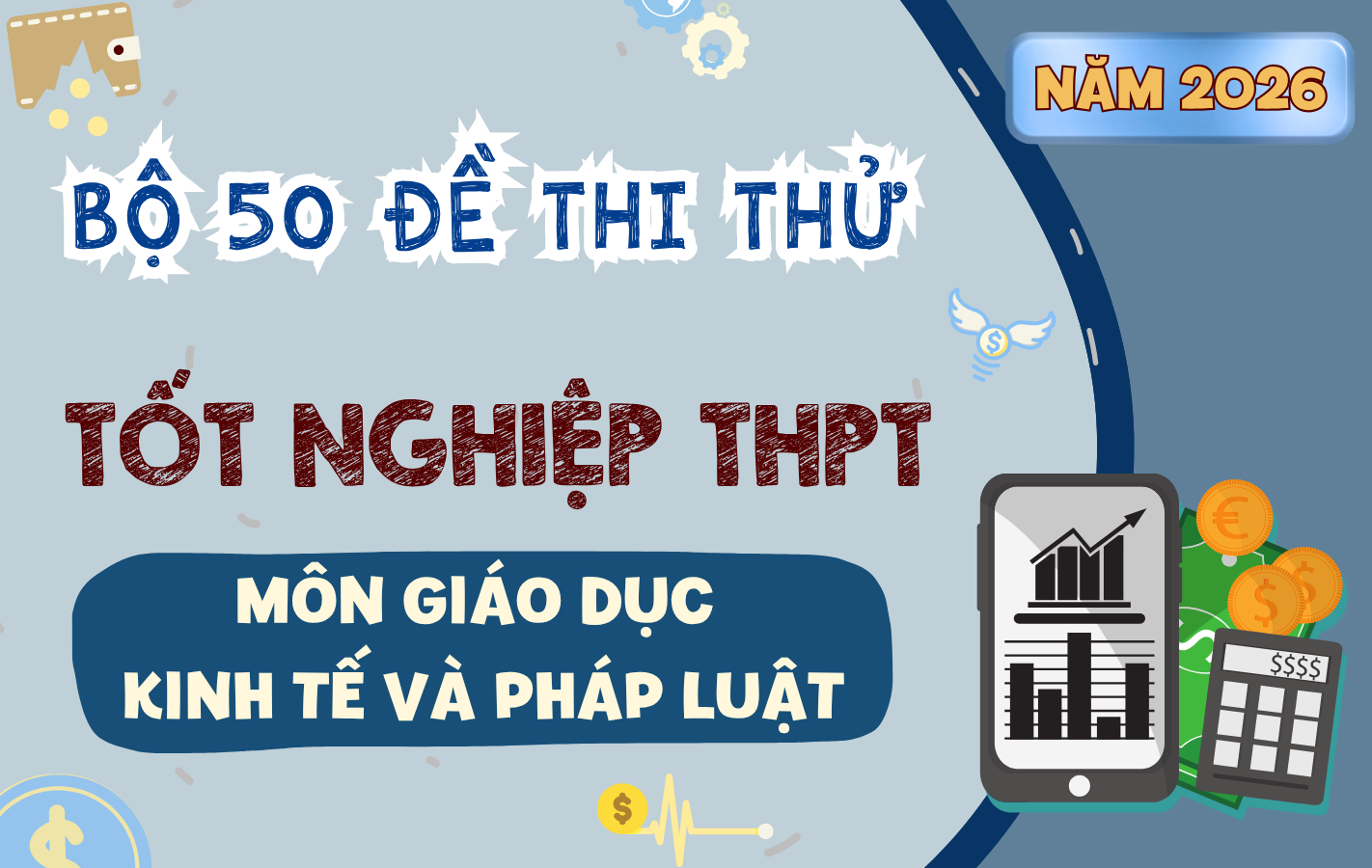
Bộ 50 Đề Thi Thử Tốt Nghiệp THPT Giáo Dục Kinh Tế Và Pháp Luật Năm 2026 – Theo Cấu Trúc Đề Minh Họa Bộ GD&ĐT
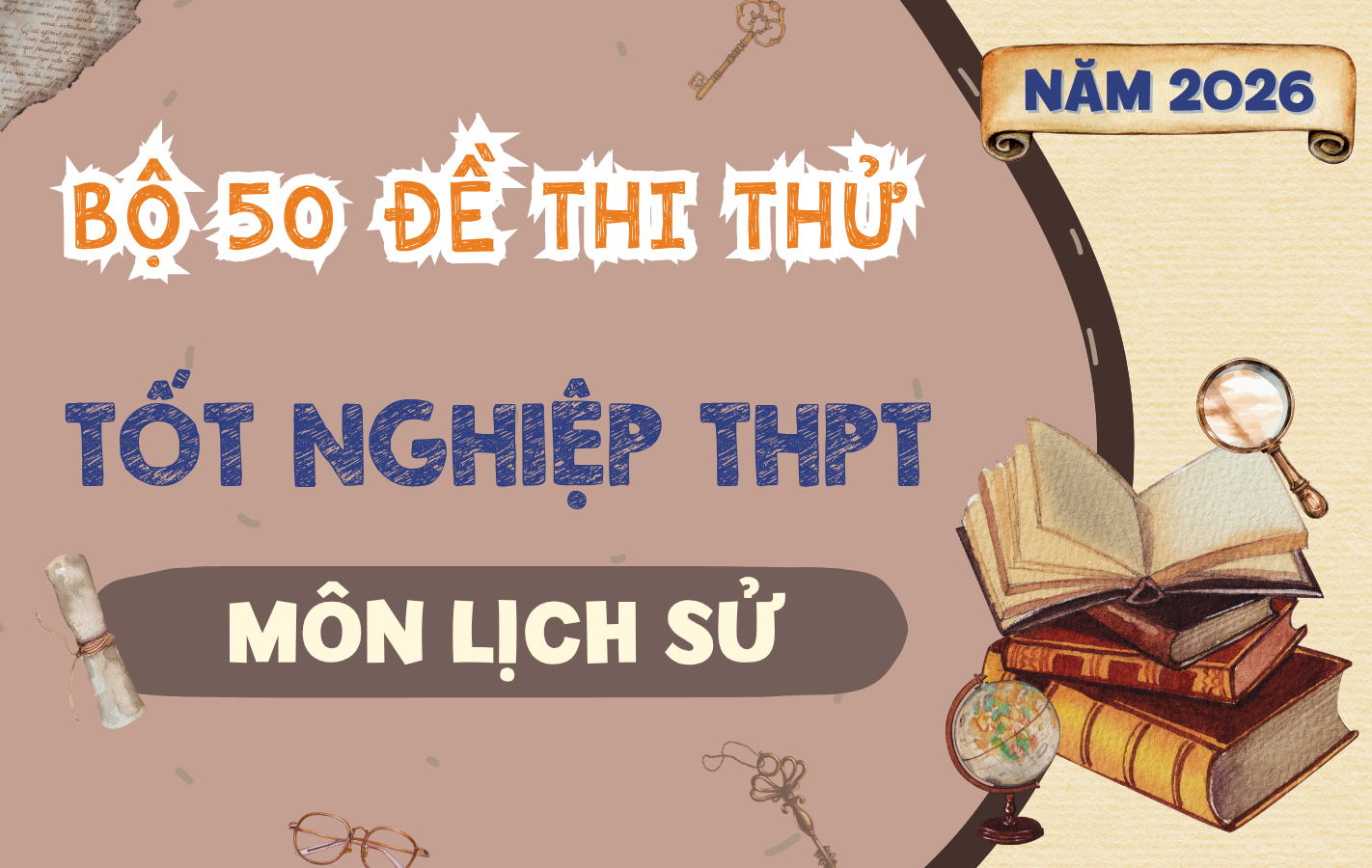
Bộ 50 Đề Thi Thử Tốt Nghiệp THPT Lịch Sử Học Năm 2026 – Theo Cấu Trúc Đề Minh Họa Bộ GD&ĐT

Bộ 50 Đề Thi Thử Tốt Nghiệp THPT Công Nghệ Năm 2026 – Theo Cấu Trúc Đề Minh Họa Bộ GD&ĐT
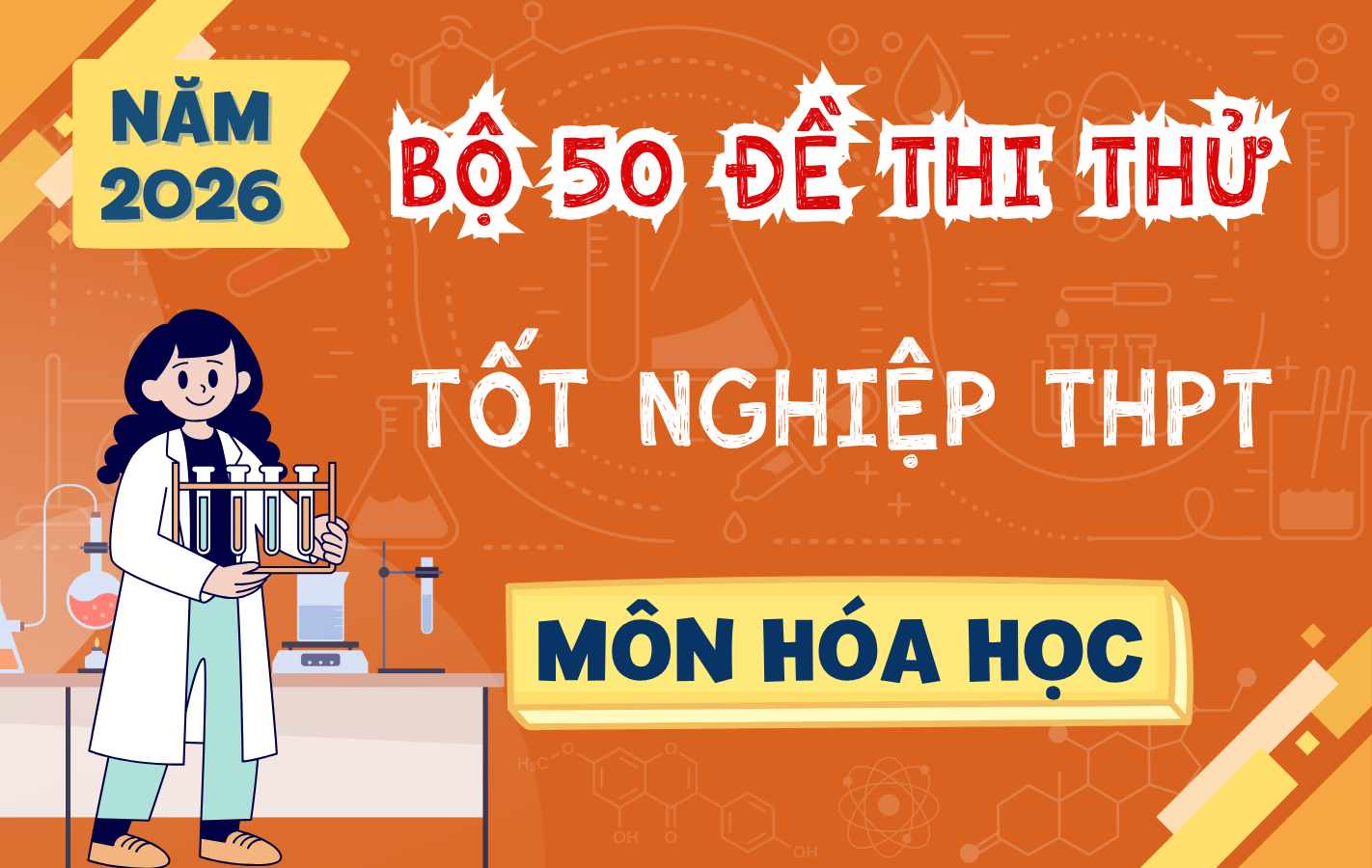
Bộ 50 Đề Thi Thử Tốt Nghiệp THPT Môn Hóa Học Năm 2026 – Theo Cấu Trúc Đề Minh Họa Bộ GD&ĐT
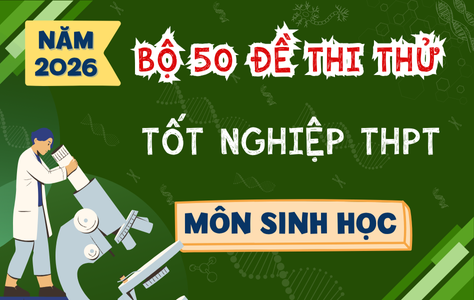
Bộ 50 Đề Thi Thử Tốt Nghiệp THPT Môn Sinh Học Năm 2026 – Theo Cấu Trúc Đề Minh Họa Bộ GD&ĐT
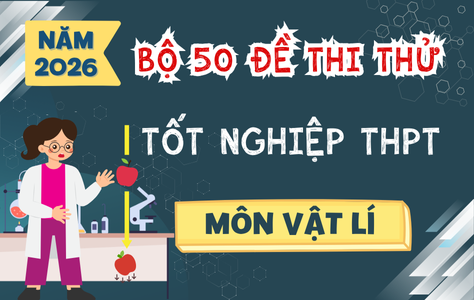
Bộ 50 Đề Thi Thử Tốt Nghiệp THPT Môn Vật Lí Năm 2026 – Theo Cấu Trúc Đề Minh Họa Bộ GD&ĐT
ĐĂNG KÝ GÓI THI VIP
- Truy cập hơn 100K đề thi thử và chính thức các năm
- 2M câu hỏi theo các mức độ: Nhận biết – Thông hiểu – Vận dụng
- Học nhanh với 10K Flashcard Tiếng Anh theo bộ sách và chủ đề
- Đầy đủ: Mầm non – Phổ thông (K12) – Đại học – Người đi làm
- Tải toàn bộ tài liệu trên TaiLieu.VN
- Loại bỏ quảng cáo để tăng khả năng tập trung ôn luyện
- Tặng 15 ngày khi đăng ký gói 3 tháng, 30 ngày với gói 6 tháng và 60 ngày với gói 12 tháng.